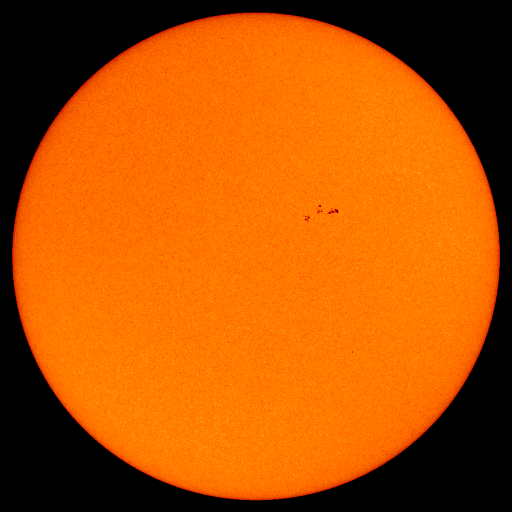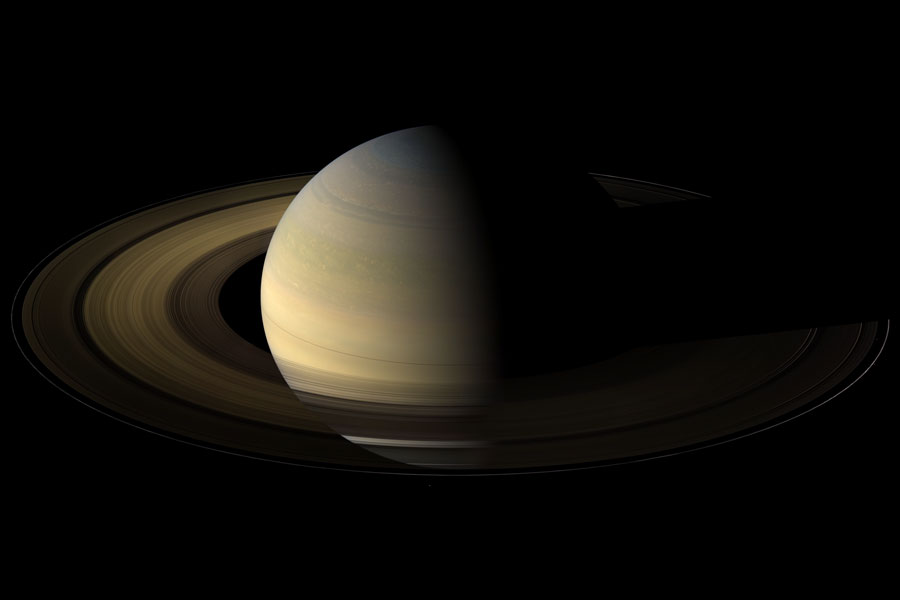October is traditionally the month when you notice that the Earth is moving through space, as this is the time of year when the nights are rapidly drawing in. As the month begins, the Sun is rising at 7am and setting at 18:30. By the end of the month, the Sun is rising an hour later and setting an hour earlier. Plus, we change the clocks back to normal on the 25th to give us some daylight in the morning, and so the sunset occurs another hour earlier. By the month's end, the Sun will be setting over Sussex at 16:30!

This is all because the Earth is tilted as it orbits the Sun. In summer, our side of the Earth is tilted towards the Sun; in winter, it is tilted away – and there is a difference of 47° between the two.
All this tilting also means that the summer triangle of stars is still visible at this time of year. Look directly upwards as soon as it goes dark and the brightest three stars you can see, covering quite a large patch of sky, are the summer triangle stars.
There are some amazing sights that can be seen in the summer triangle when using even a small telescope, such as the ring and dumbbell nebulae – the glowing remains of exploded stars. The star close to the centre of the triangle is a beautiful double star called Albireo – but you will need a telescope to be able to see this star as a pair, since they are so close together in the night sky.

At this time of the year the Milky-way, the city of stars within which we live, can be clearly seen for the first-half of the night from anywhere away from light pollution. The photograph to the left was taken from the outskirts of Brighton. The lower you look at the milky-way, the closer you are looking at the bright centre of our galaxy.
During October, Jupiter (as also seen in the photograph to the left) is rising in the south-east at sunset, and setting in the west at 2am when Mars is rising. Jupiter is the brightest object in the night sky at the moment (after the Sun and Moon, of course!), and if you go somewhere that is beautifully dark, away from any light pollution, you will be able to see your own shadow cast by the light reflected from Jupiter. As a guide, the Moon will be to the top right of Jupiter on the 26th of October, and to the top left on the 27th.
Take a look through a small telescope or binoculars, and you will be able to see up to four dots in a line around Jupiter. Those four dots are the four biggest and so brightest Moons of Jupiter, so bright that there were easily seen by Galileo 400 years ago with one of the first (and so very primitive) telescopes. Sometimes, one of those moons are hidden behind or in front of Jupiter – so just take a look an hour or two later to see if another moon has reappeared into view.
The darkest nights of the month will be from the 15th to the 25th of the month, when the Moon is close to new (the new Moon, when the Moon is in line with the Sun, occurs on the 18th of October). Full moon occurs on the 4th of October, and the 2nd of November, and so the sky is awash with moon light at the start and end of the month.
We hope you enjoy October’s beautiful night-skies! And if you want to see the night sky as it will be at any time on your own computer, I recommend that you download the excellent and free Stellarium software.







